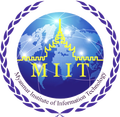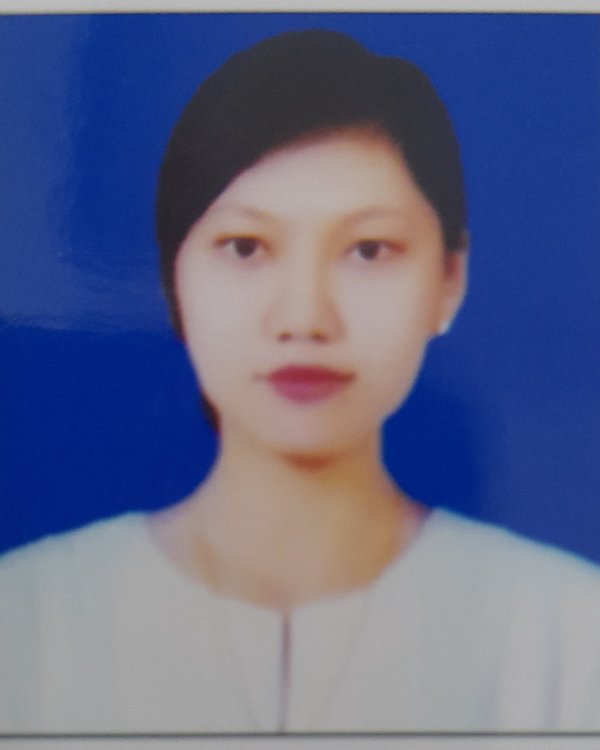Biography
Dr. Kay Thinzar Phu holds a master’s degree in Computer Science from Computer University (Mandalay). She has more than 8 years of experiencing in teaching Computer Science to university students. She is currently working as a Lecturer at MIIT. Her research interests include image processing , machine learning and computer vision.
Education
- Bachelor of Computer Science (2009)
- Bachelor of Computer Science (Hons.) (2010)
- Master of Computer Science (2013)
- Doctor of Philosophy (Information Technology) (2020)
Thesis Title: “Comparison of Page Replacement Algorithm in Virtual Memory”
Thesis Title: “Feature Points Extraction for Traffic Sign Recognition System”
Experience
- February 2022 – Present: Lecturer at Myanmar Institute of Information Technology, Mandalay, Myanmar
- July 2018 – February 2018: Assistant Lecturer, Assistant Lecturer at Computer University (Loikaw), Myanmar
- November 2014 – July 2018: Tutor at University of Computer Studies (Pyay), Myanmar
Publications
- Phu, K.T. and Aung, N.S.S., 2013, February. Comparison of Page Replacement Algorithm in Virtual Memory. Paper Presented at the 5th Conference on Applied Information & Communication Technology (AICT).
- Phu, K.T. and Oo, L.L., 2018, May. Traffic sign recognition system using feature points. Paper Presented at the 12th International Conference on Research Challenges in Information Science (RCIS) (pp. 1-6). IEEE.
- Phu, K.T. and Oo, L.L., 2018. Feature points for traffic sign detection and recognition system using ANFIS (Doctoral dissertation, MERAL Portal). Paper presented at the 16th International Conference on Computer Applications (ICCA 2017), February 22- 23, 2018, Yangon, Myanmar.
- Phu, K.T. and Oo, L.L., 2019. Efficient feature points for myanmar traffic sign recognition. Paper Presented at Springer, Studies in Computer and Information Science 17, pp.141-153.
- Phu, K.T. and Oo, L.L., 2018. RGB Color based Myanmar Traffic Sign Recognition System from Real-time Video. International Journal of Information Technology (IJIT), 4(4).


